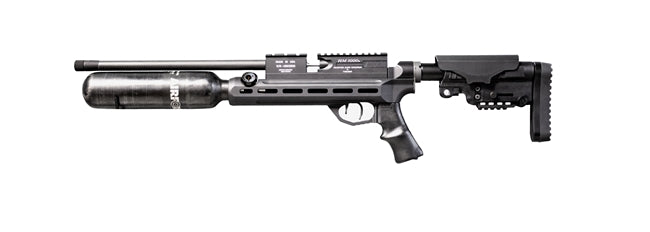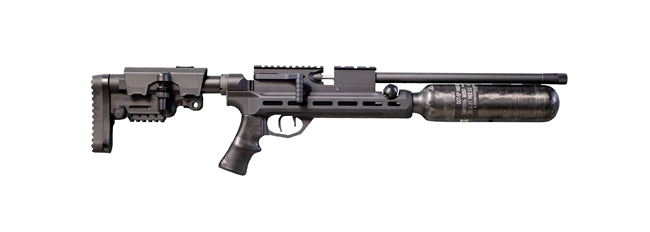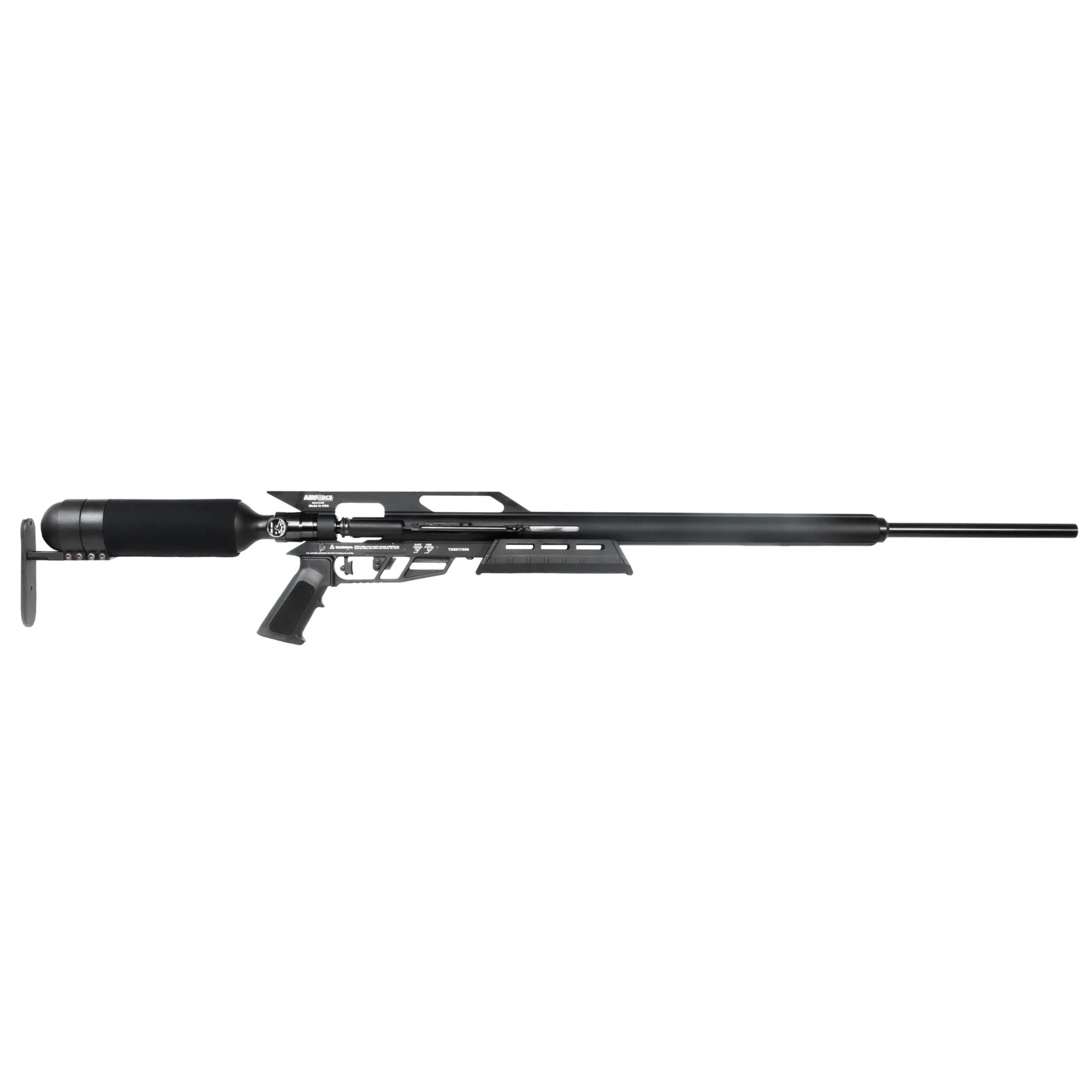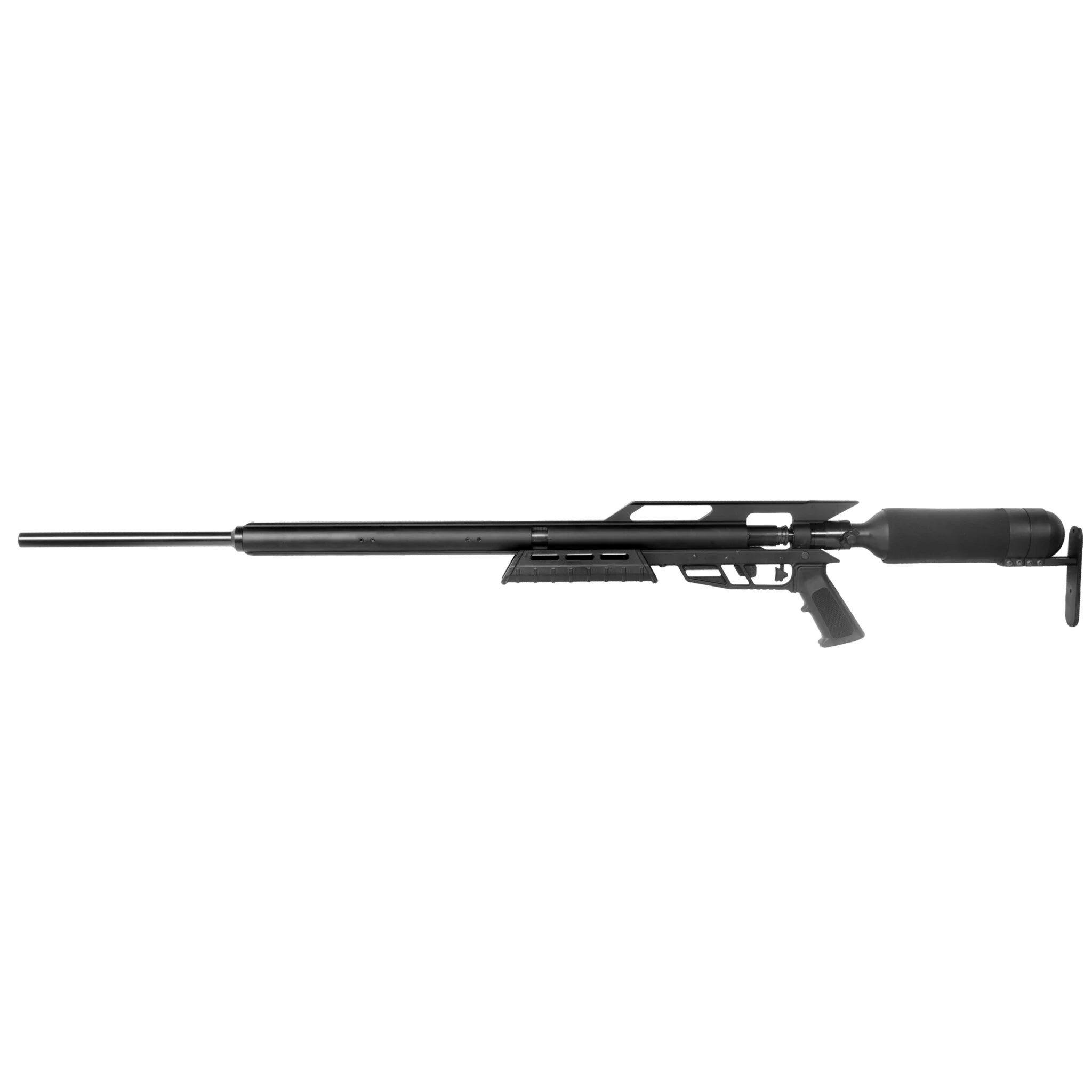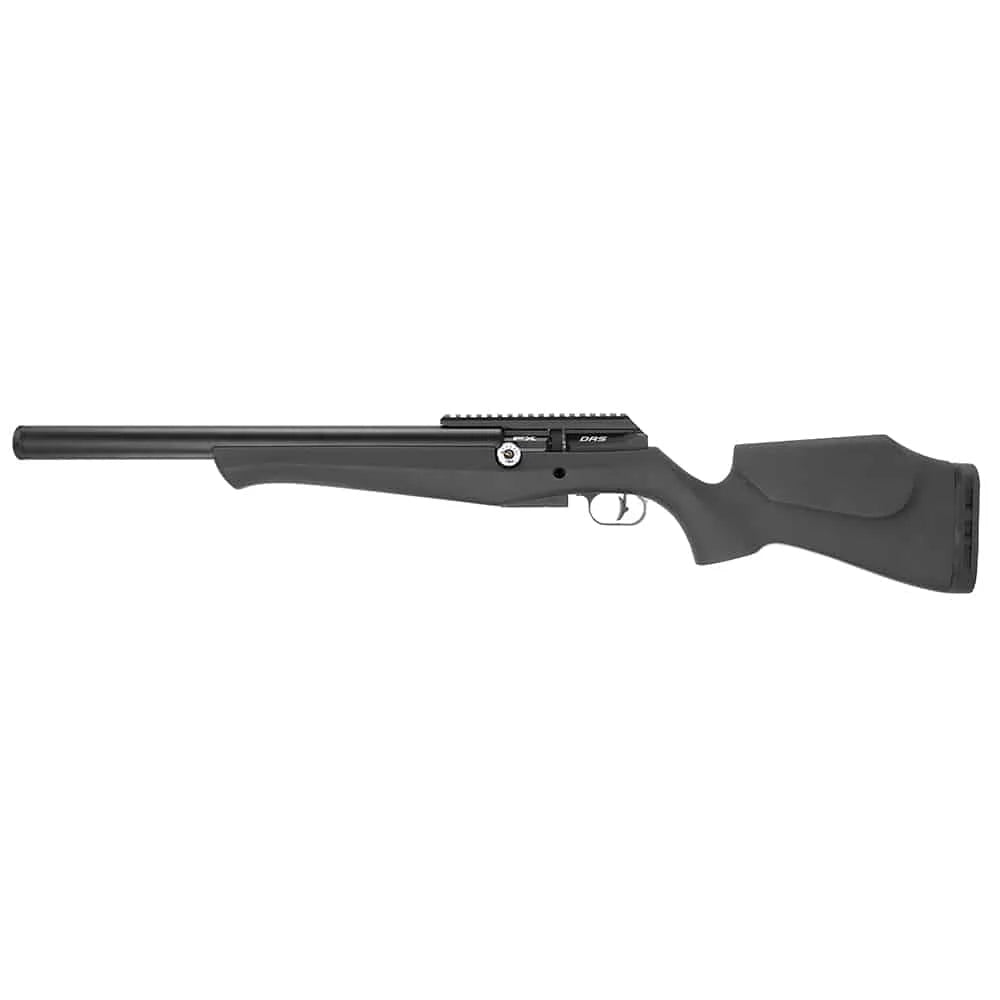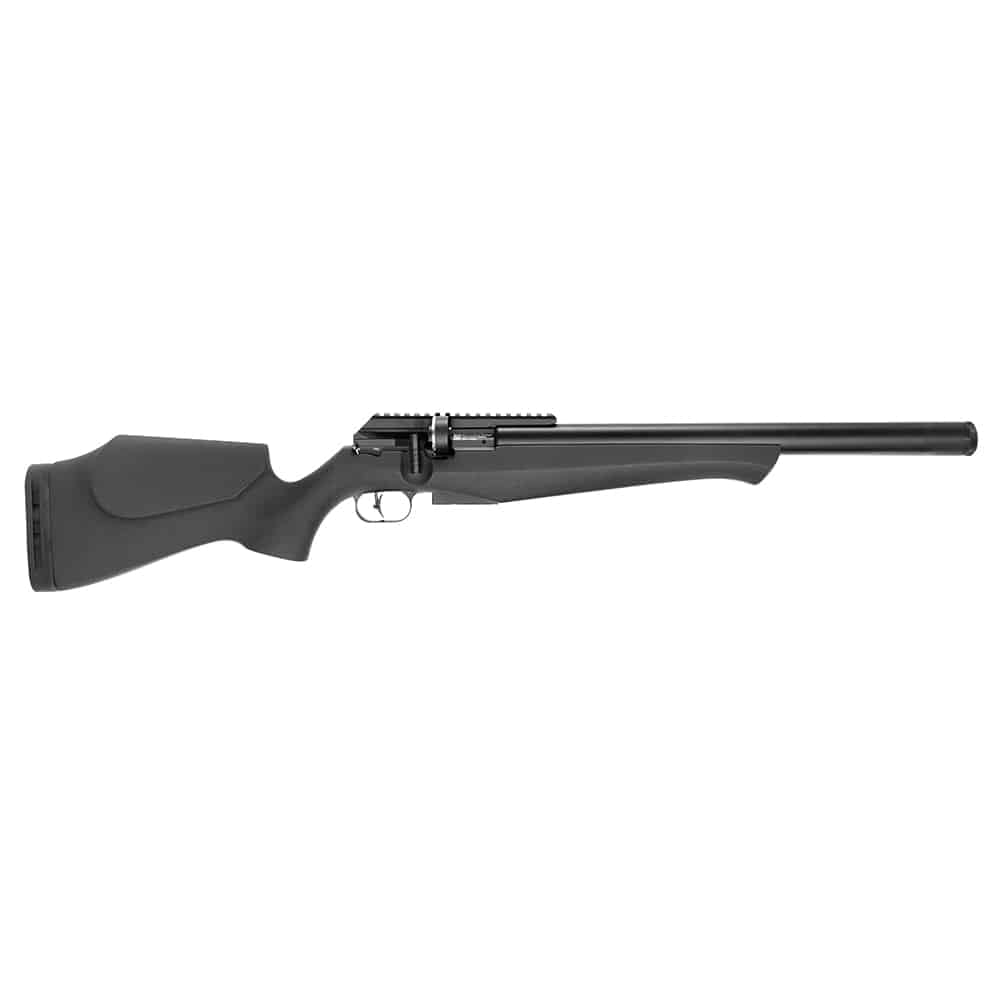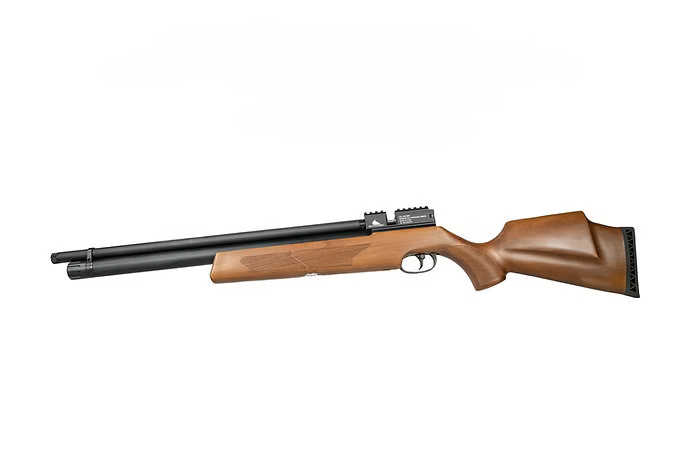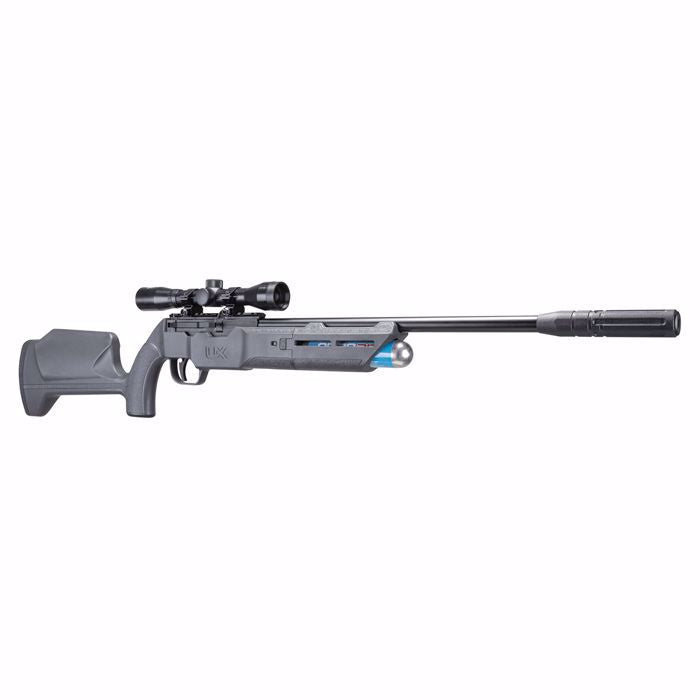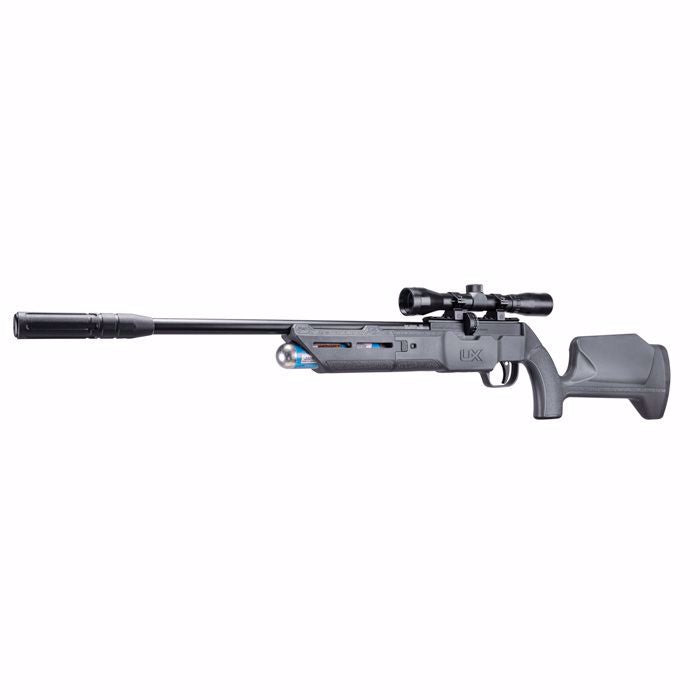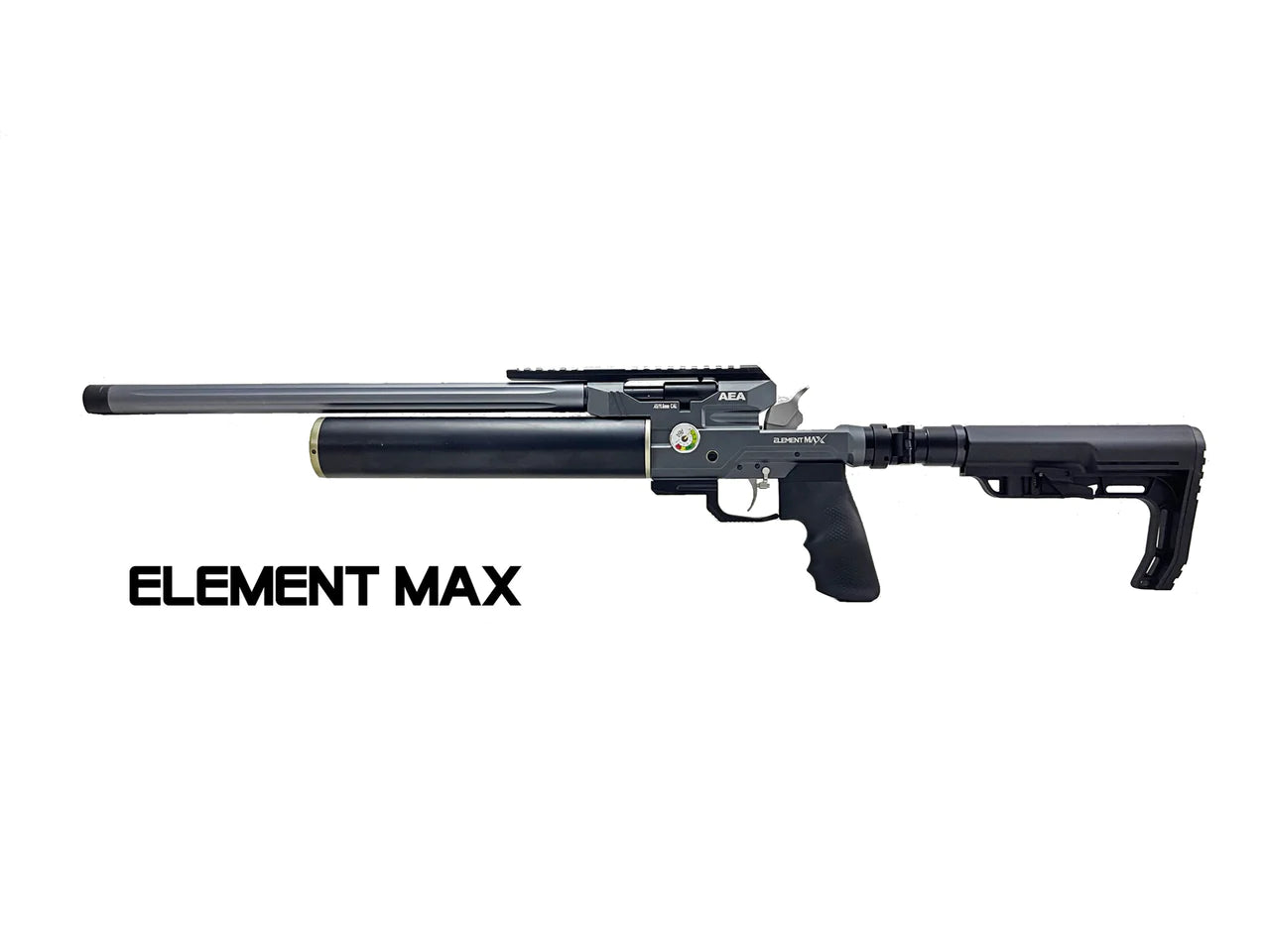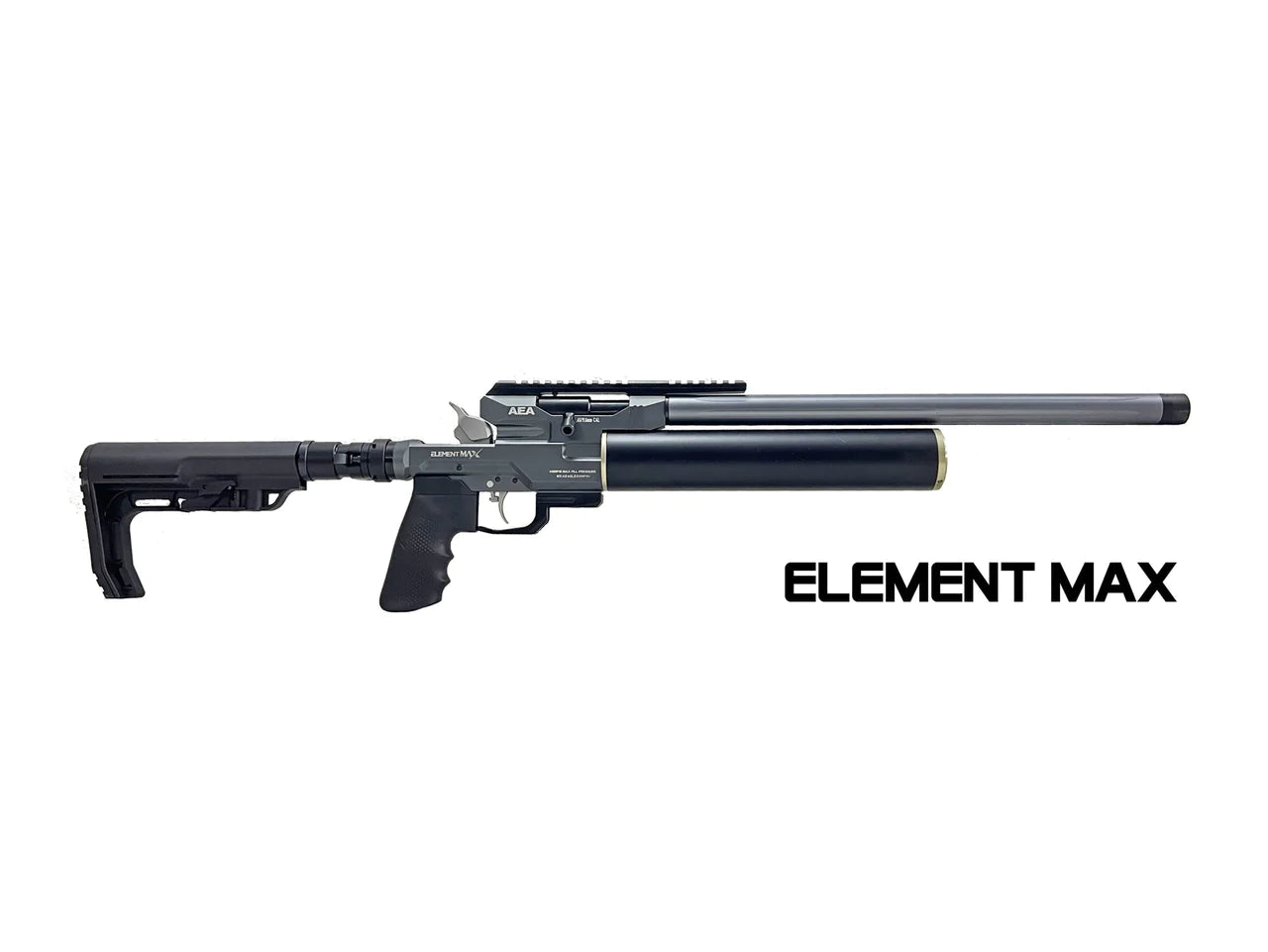Exploring the Ethics and Effectiveness of Hunting with Airguns
In recent years, the use of airguns for hunting has gained popularity among outdoor enthusiasts and conservationists alike. While traditionally viewed as tools for target shooting or pest control, advancements in airgun technology have made them increasingly viable for hunting various game species. However, the transition from conventional firearms to airguns raises important questions about ethics, effectiveness, and the impact on wildlife populations. This article delves into the considerations surrounding the use of airguns for hunting.
Ethical Considerations:
One of the primary concerns when it comes to hunting with airguns is ensuring ethical practices. Unlike firearms, which typically deliver higher muzzle energies and velocities, airguns rely on compressed air or gas to propel projectiles. As such, hunters must carefully select appropriate airgun models and ammunition to ensure a humane and ethical kill. Proper shot placement and understanding the limitations of airgun ballistics are crucial to minimizing animal suffering.
Moreover, hunters using airguns must adhere to all regulations and guidelines set forth by wildlife management authorities. This includes obtaining the necessary permits, adhering to hunting seasons, and respecting bag limits. Additionally, hunters should prioritize safety at all times, considering factors such as backstops and the potential for ricochets.
Effectiveness in Hunting:
While some may question the effectiveness of airguns for hunting compared to traditional firearms, modern airgun technology has made significant strides in terms of power and accuracy. High-powered air rifles, capable of achieving velocities comparable to some firearms, are now available on the market. Paired with appropriate ammunition, these airguns can effectively dispatch small to medium-sized game at reasonable distances.
However, it's essential for hunters to recognize the inherent limitations of airguns. Compared to firearms, airguns generally have shorter effective ranges and may lack the stopping power necessary for larger game species. Therefore, hunters should exercise restraint and select appropriate quarry based on the capabilities of their chosen airgun.
Impact on Wildlife Populations:
When used responsibly, airguns can contribute to sustainable wildlife management practices. They offer a quieter alternative to firearms, reducing noise disturbances in natural habitats. Additionally, airguns can be effective tools for controlling pest species that threaten native ecosystems and agricultural interests.
Nevertheless, it's essential for hunters to exercise caution and restraint to prevent overexploitation of wildlife populations. Overhunting, even with airguns, can have detrimental effects on biodiversity and ecosystem health. Hunters should prioritize conservation and ethical hunting practices to ensure the long-term sustainability of game species.
Conclusion:
The use of airguns for hunting presents both opportunities and challenges for outdoor enthusiasts. When employed responsibly, airguns can be effective tools for harvesting game and controlling pest species. However, hunters must prioritize ethical considerations, effectiveness in hunting, and the conservation of wildlife populations.
By embracing these principles and adhering to established regulations, hunters can enjoy the benefits of airgun hunting while minimizing its potential negative impacts on the environment. Ultimately, the responsible use of airguns can contribute to the preservation of wildlife habitats and the enhancement of outdoor recreational experiences for generations to come.
Key Points
- Airguns can be used for most hunting applications, but typically provide less energy than firearms
- Airguns are less powerful than firearms, so proper shot placement is essential
- Airguns typically need to be used at closer range for medium to large game (larger than a coyote or hog) due to less power. Closer range can be considered ethical archery range (60 yards or less)
- Airguns are more quiet than typical firearms (comparable to archery), so they cause less disruption of the natural habitats and create less stress on surrounding animals


